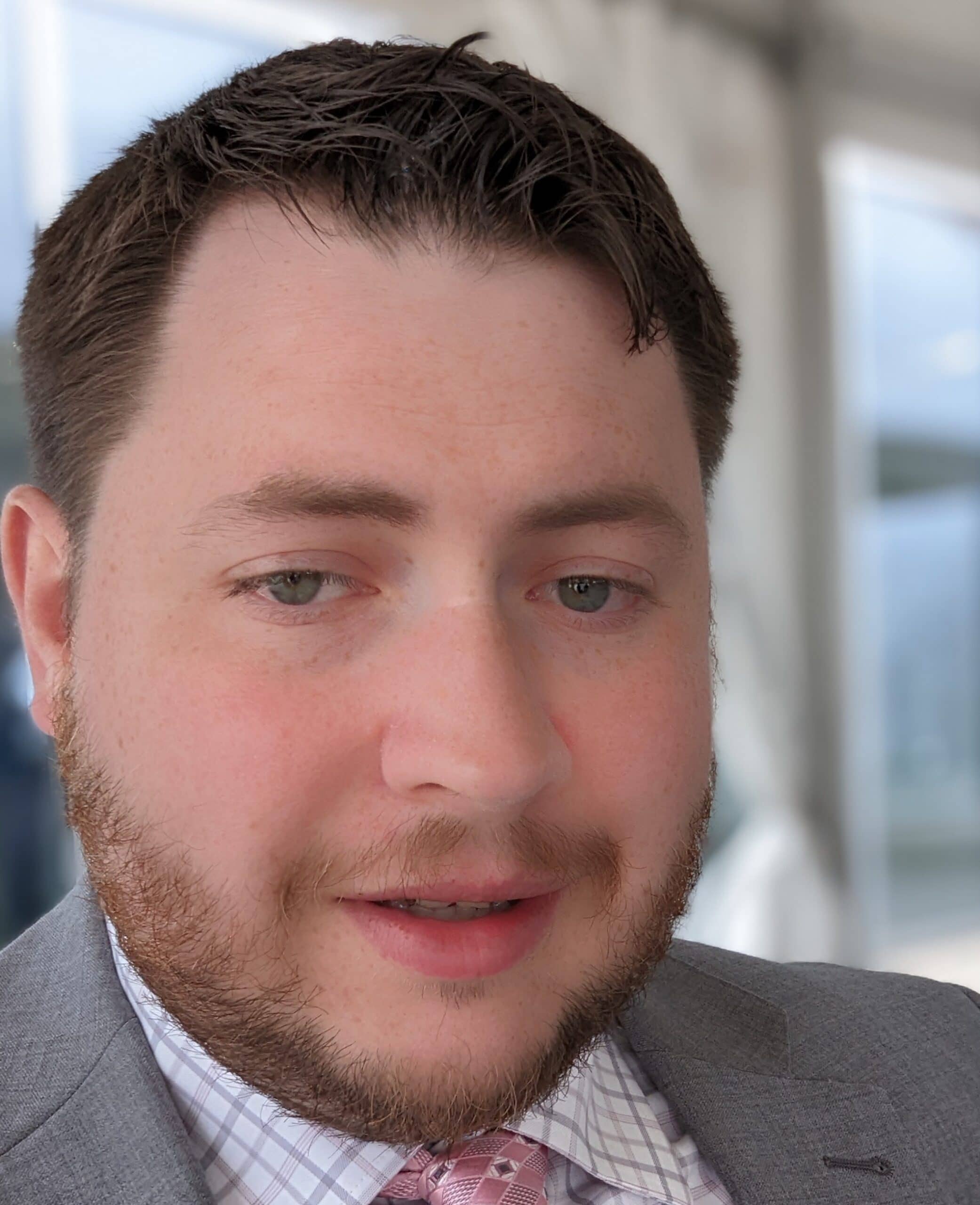Clinical equilibrium dialysis is a sample preparation technique used to measure the free fraction of hormones in human serum or plasma prior to analysis by liquid chromatography tandem mass spectrometry (LC-MS/MS). However, there are several limitations and challenges associated with this technique.
One limitation is that equilibrium dialysis can be time-consuming and requires specialized equipment and expertise, which can limit its use in clinical settings. Additionally, the accuracy of the technique can be affected by variations in sample handling, duration, temperature, and other experimental conditions.
BioSPME (Bioanalytical Solid Phase Microextraction) is a relatively new technique that has emerged as a promising tool for the analysis of biological samples. The technique uses a biocompatible sorbent material immobilized on the surface of solid support to selectively extract target analytes from a sample. BioSPME offers several benefits and potential opportunities in various applications, including:
- High Sensitivity: BioSPME has high sensitivity due to the small sample size and the preconcentration of the analytes.
- Non-destructive: BioSPME is a non-destructive technique that allows for the extraction and concentration of analytes from biological matrices without destroying or altering them, which is especially valuable for samples that are limited or difficult to obtain
- Automation: BioSPME can be easily automated, allowing for high-throughput analysis and reduced operator variability.
In this webinar, we will discuss:
- The theory of BioSPME
- How does BioSPME operates
- Head-to-head application comparisons of BioSPME and Equilibrium Dialysis
Applications include free testosterone and free thyroxine.
Webinar is On-Demand. Fill out the form below to watch now.

M. James Ross
Senior Scientist
M. James Ross is a senior scientist at MilliporeSigma. In his past 2.5 years with the company, he has focused on sample preparation primarily dealing with biological samples. James received his BA in Chemistry from Hiram College and his Ph.D. from The Ohio State University.
Sponsored By:





